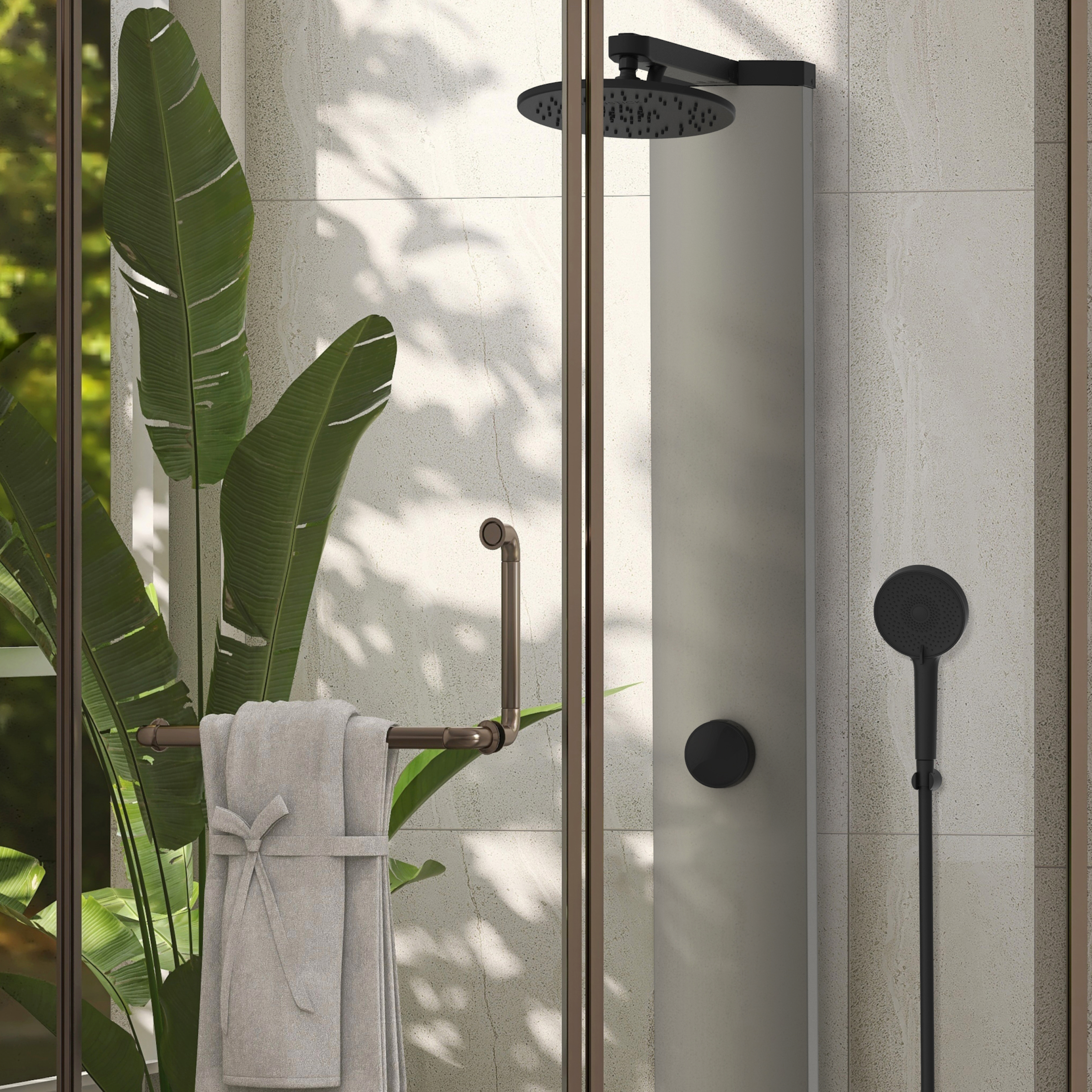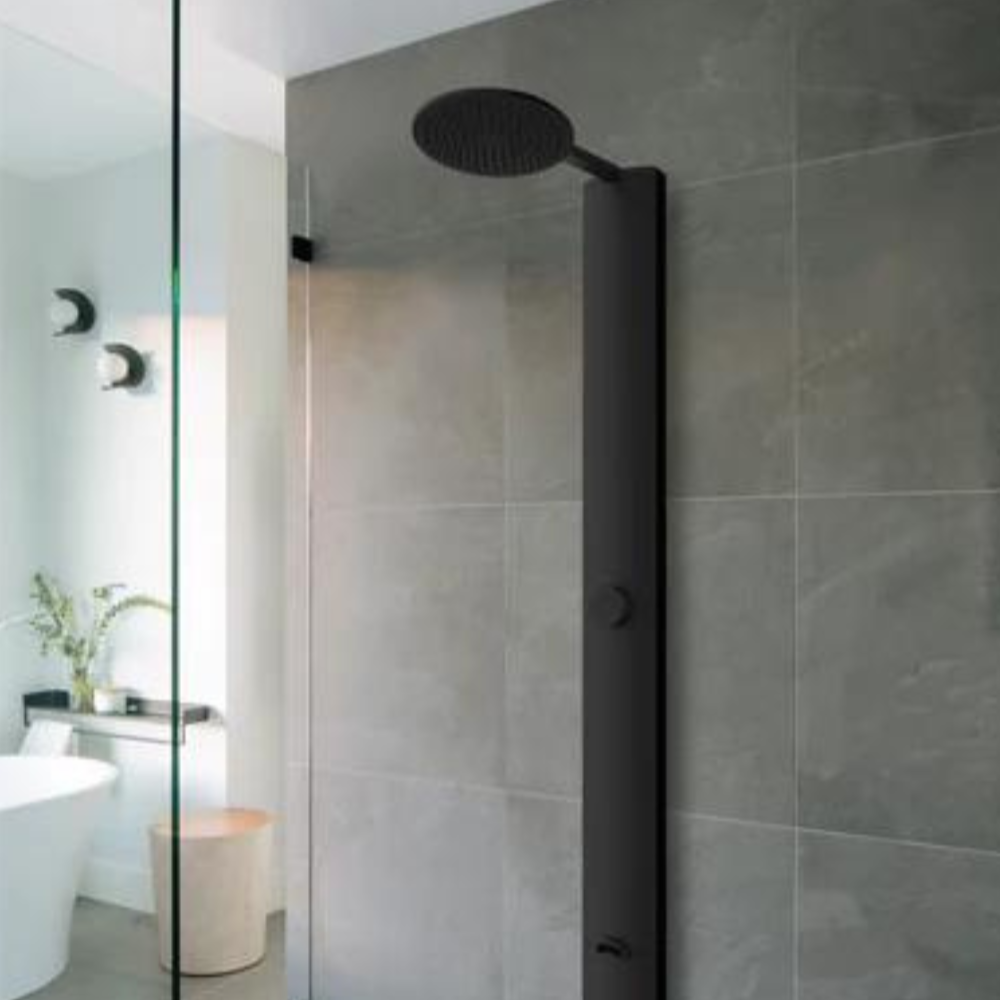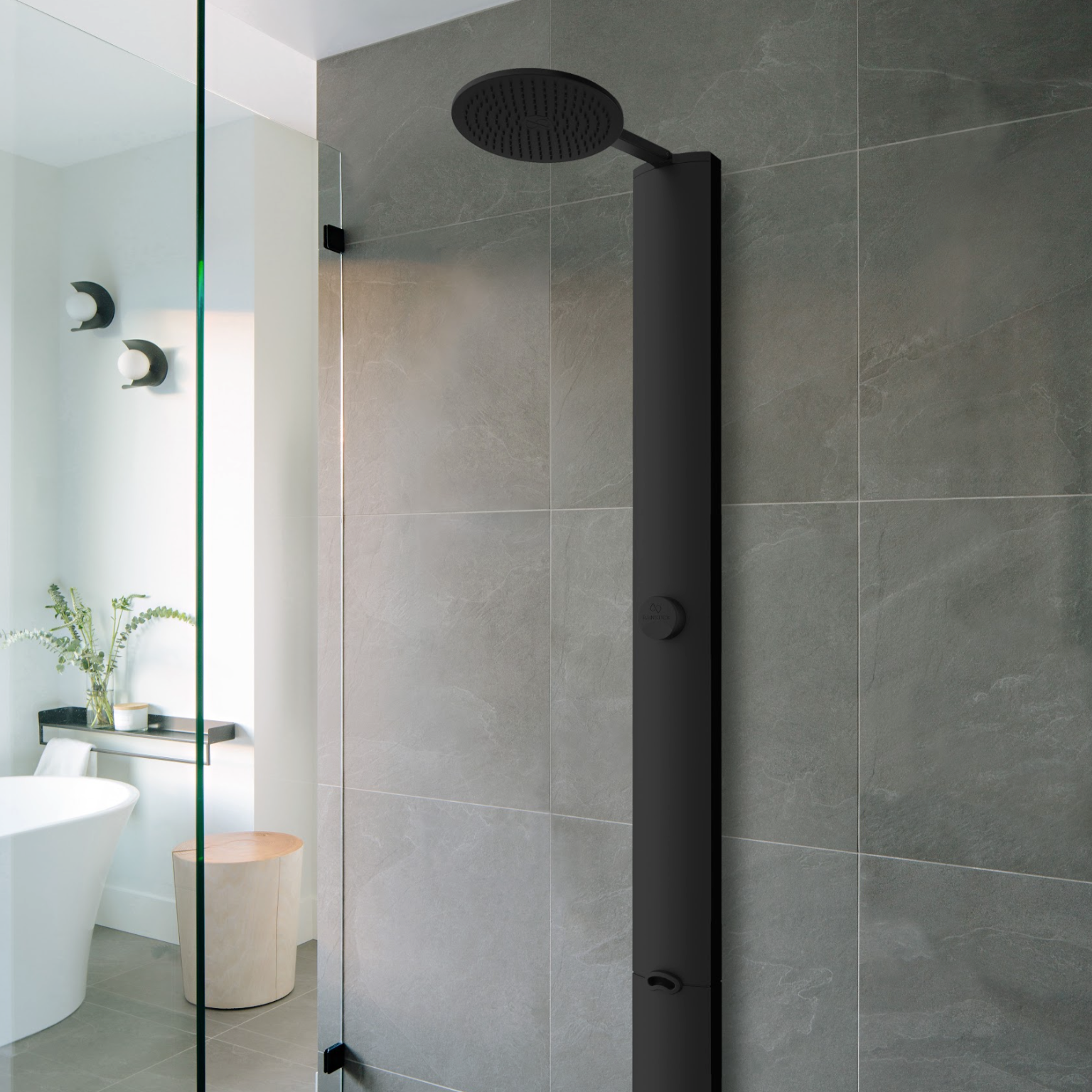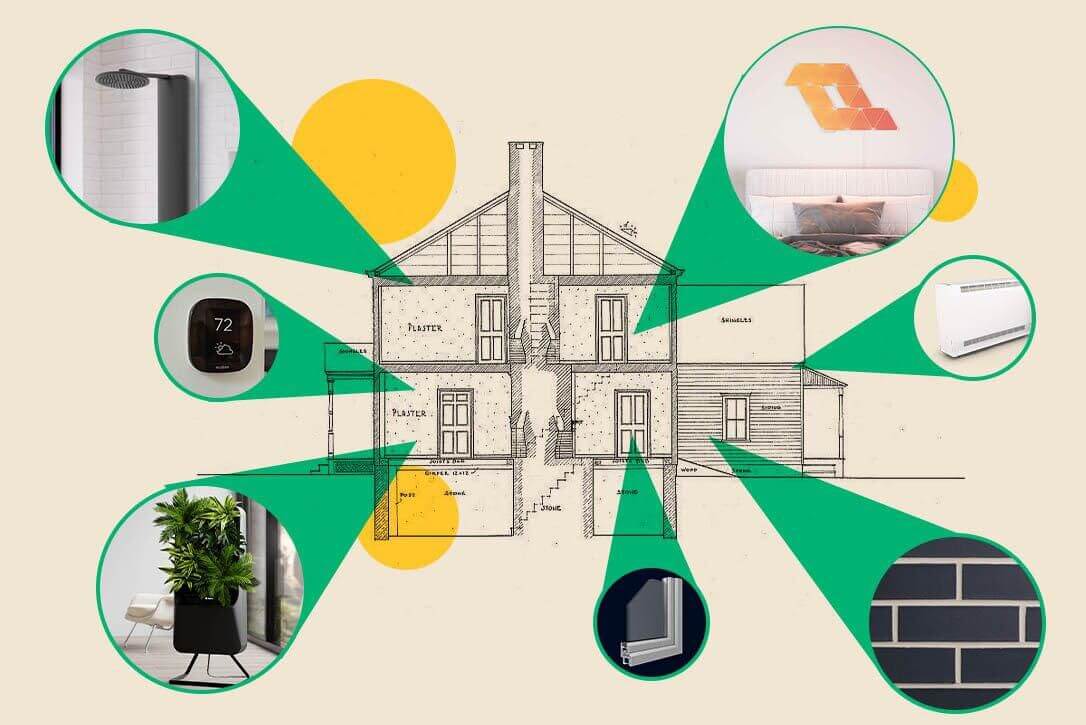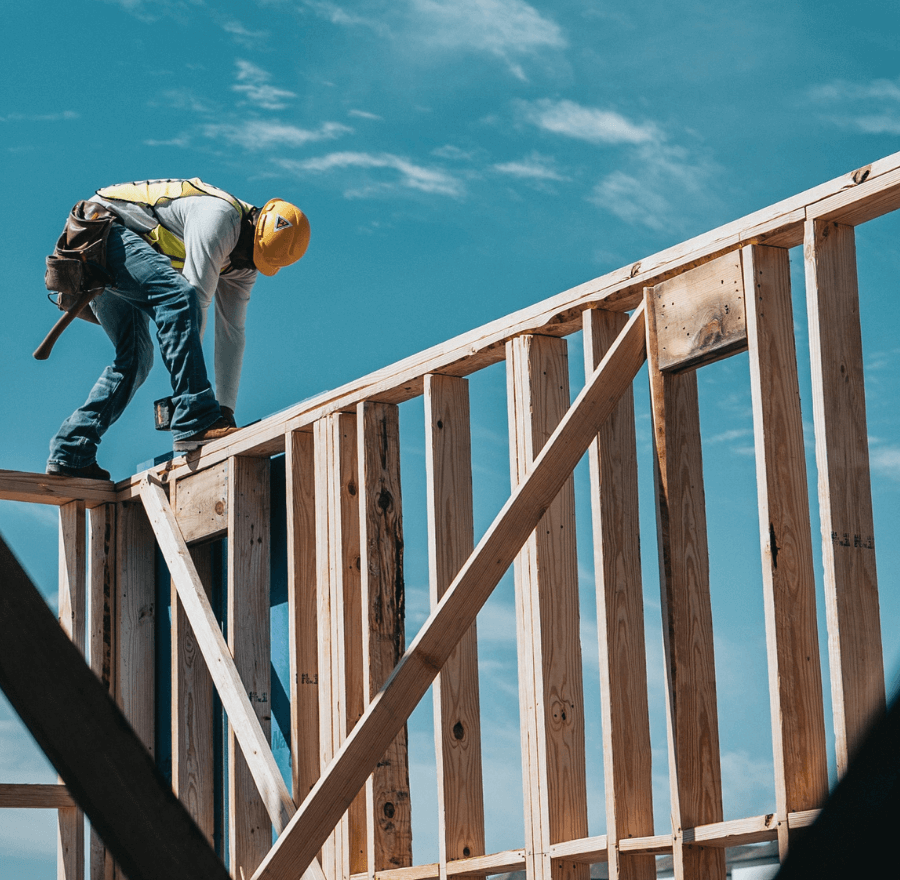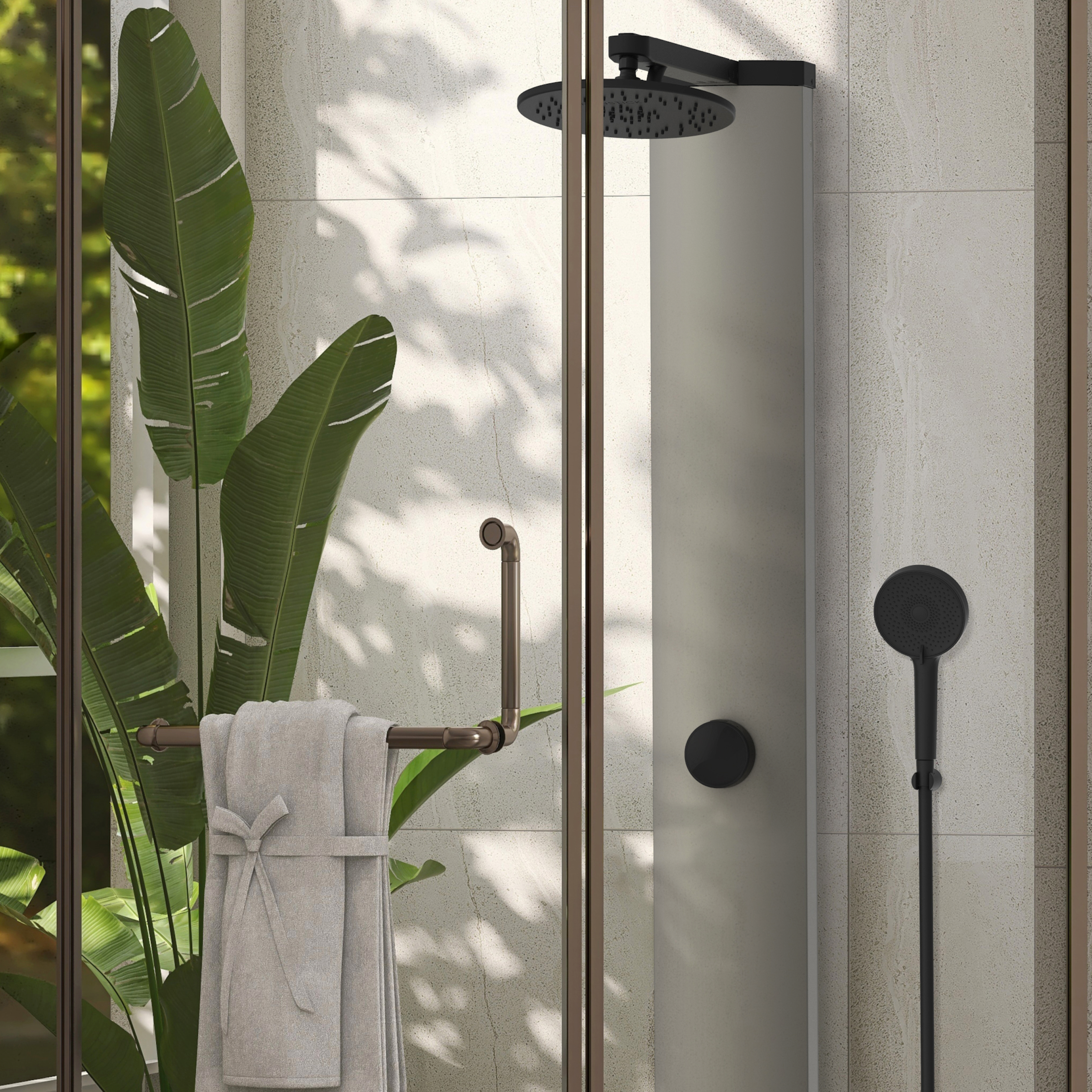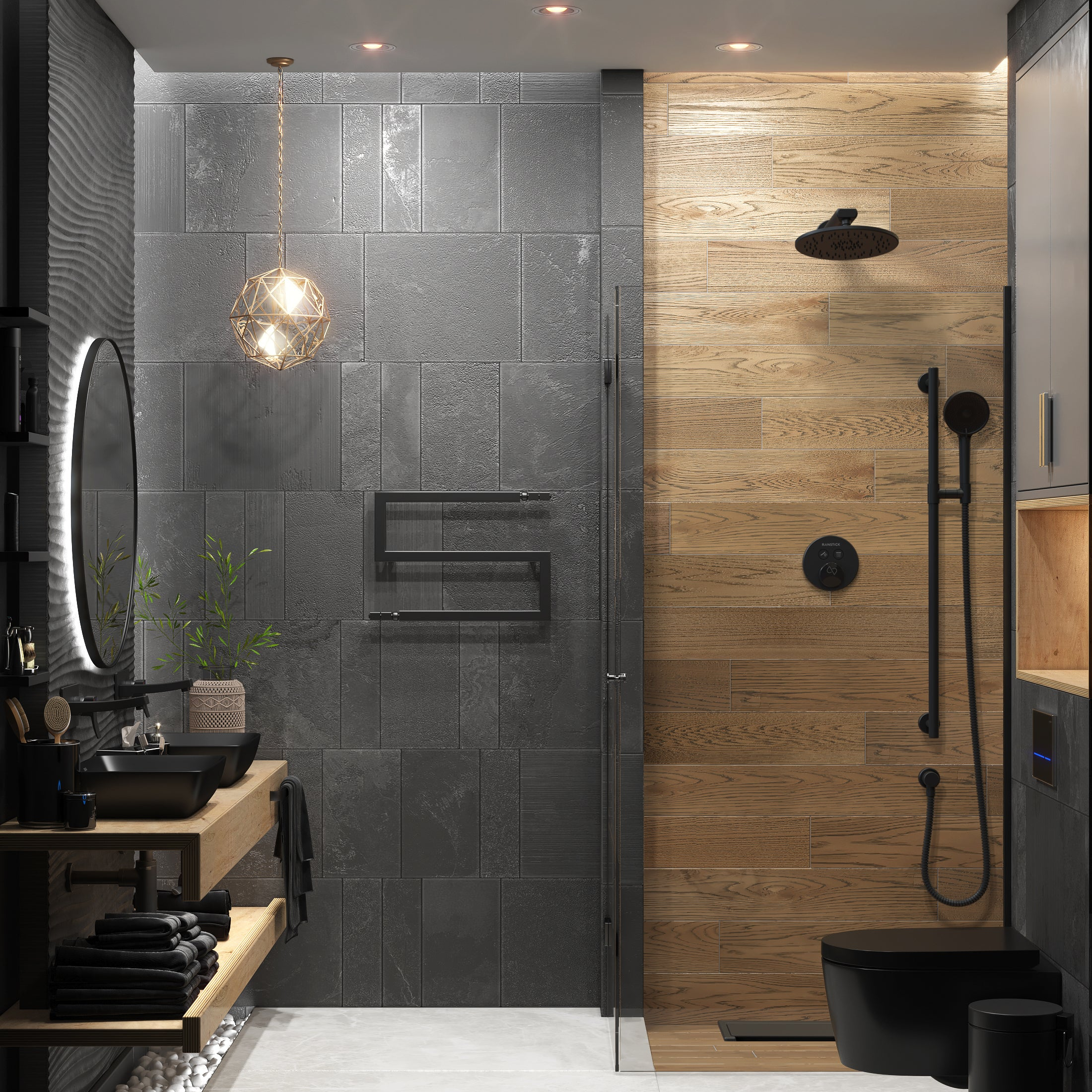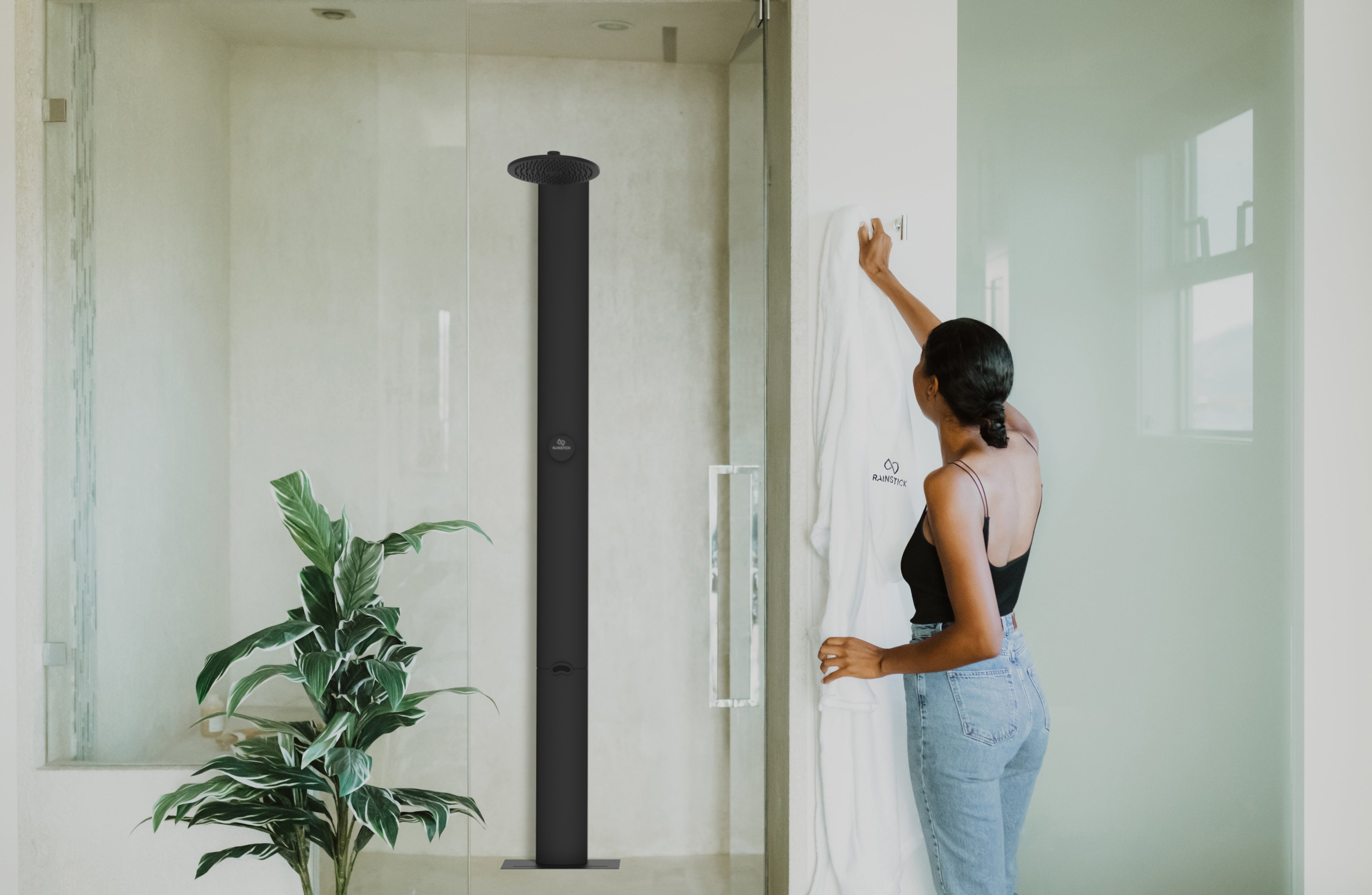April 22 marks the anniversary of the environmental movement, Earth Day. Since its first event in 1970’s, Earth Day has inspired policy creation to protect the environment. Today, Earth Day is widely recognized as the largest secular observance in the world, marked by more than a billion people globally every year as a day to take action and change human behaviour to create a change of all sizes. In the spirit of Earth Day, we’ve put together some trends in the Home Improvement Industry that make the world a bit greener. We hope these trends help you make changes every day with the earth in mind.
Introducing Smart Technology Can Reduce Emissions
Believe it or not, smart home technology can make your home greener. It doesn’t have to be super high tech, even a smart control of the thermostat, lighting, or turning on your shower can contribute to long-term energy reduction. The Google Nest Thermostat set the original bar by allowing users to control the heating and cooling systems by phone or voice, set temperature schedules, and offers energy-saving features that can help lower your bills. Over the years there has been a lot of emphasis on conserving energy, such as energy-efficient plumbing that can help prevent water wasting, but we have now entered a time where homeowners, builders, designers and governments are now starting to think about water in the home.
Green Building Trends That Are Happening Right Now
You don’t have to wait for Earth Day to make environmental changes. These days, there are many ways homes are “going green” by using green building materials. during the renovation or construction process. Here are some of the current “green” trends in the home that you should consider for your upcoming projects.
Sustainably Built Tiny Homes
- Tiny homes are homes that are roughly 400sq. ft. or less
- They use less energy, therefore creating less waste
- The appeal largely comes from the minimization of this space which allows homeowners to thrive on less space
- With rising housing costs, tiny homes have become quite an appealing option as the average tiny home costs $25,000-$75,000
- Put in room dividers to allow flexible use of the space
- Within tiny homes there is often an emphasis on turning every space you can into storage such as staircases, under the floor and other creative places
Modular Homes
- Modular homes are built indoors, in a factory setting, the finished “building blocks” are covered and transported to the homeowner’s property
- Since these are built indoors, they can be built in a matter of weeks since weather conditions are not a concern
- Being built in a factory setting also allows for any excess materials to be used for other projects, thus reducing the environmental and economic impact
- It saves you a pretty penny with the average cost of a modular build being $120,000-$270,000
Passive House
- Passive House Design is a meticulous energy-based standard used in the design and construction industry
- Passive House buildings use up to 90 percent less heating and cooling energy than regular buildings. This building standard can be used in any building type or design
- The benefits of using the Passive House design standard include: easy to use systems that control the temperature and air quality indoors, reductions in operating costs and the peace of mind that your home has reduced carbon emissions
Greywater Reuse
- These systems clean and disinfect the greywater from the shower, bath, and washing machine to let it get another use before going down the drain
- The water gets reused to run the laundry, flush the toilet, or irrigate the lawn, saving up to 300 gallons each day
- Hydraloop has grey-water systems for both residential and commercial projects
Recirculating Shower Technology
- This technology circulates in real-time to avoid single-use waste
- RainStick Shower is a recirculating shower that circulates in real-time to avoid single-use of water and wasted ingrained heat
- The system deploys a pump, levels of cleansing and are not limiting the flow because the water is being re-used
- RainStick can save 80% water and up to 80% energy while allowing for 2X the flow rate
- Learn more about recirculating shower technology
Solar Power
- Solar panels can eliminate a home's reliance on the local power grid
- Solar-powered homes can fully rely on renewable energy to power their HVAC system, appliances, and lighting both day and night
- In 2020, Canada had about 1 million homes that had solar energy systems. In 2018, the USA had about 12.3 million homes that had solar energy installed
Shocking Sustainable Materials You Can Use Today
With more of the population demanding greener building solutions, people are rapidly coming up with new, better and sustainable materials. Consider the following unique green construction materials that we found:
Rammed Earth
Rammed earth can be used to replace concrete masonry. Watershed Materials use rammed earth blocks that are made from waste materials from quarries to create low or zero cement blocks. Soil and binder are placed in layers and then pressure is applied to create a hard and durable surface. Rammed earth walls or floors can be used as thermal storage, the sun warms them during the day and then slowly releases the warmth in the evening.
Wool Insulation
Sheep wool insulation has a 10% greater insulating capacity, as it can absorb, retain and release moisture and still keep its thermal properties. Keeping you warmer in the winter and cooler in the summer. Sheep wool insulation can be purchased in rolls and batts, similar to fibreglass insulation. Wool is also naturally flame resistant, non-toxic and is compostable at end of life.
Bark Siding
Bark used for siding comes from trees that have already been cut. Typically the bark is wasted and left as debris, burned or used to make mulch. Bark is kiln-dried to sterilize against fungus and pests, the sterilization process does not use any chemicals. Bark that is kiln-dried will also never warp or shrink once it’s been installed. Bark siding can last up to 75 to 100 years without any painting or regular maintenance, meaning there isn’t ever any chemical runoff from paint or stain.
Shirasu Kabe by Habitus
Plants and air filters help improve the quality of your home’s air, but you can take it a step further by how you dress your walls. You can save some energy by using the right products since you won’t have to run electric air filters. Shirasu Kabe is a plaster and wall finish that is made from volcanic soil found in Japan. It purifies the air in the room it is used because of the natural organic ceramic magma that it contains. It can also reduce indoor humidity by absorbing the humidity and will release it when the air is dry.
Green Living Roof
Green living roofs are defined by the General Services Administration (GSA) “as vegetated roofs that have a waterproofing membrane, soil, and plants overlying a traditional roof.” Living roofs last longer than regular roofs. The GSA says that the life expectancy of a green roof is about 40 years, while a traditional roof is only 17 years. A study published by the National Research Council of Canada showed that in the summer months, a green roof has the potential to reduce cool air loss by 70-90%, meaning you won’t have to run the air conditioning as much. Green roofs can reduce outside sound by 40-60 decibels. Rainwater is retained to sustain the plants, so it doesn’t flow into storm sewers.
Reclaimed Building Material Can Extend The Life of Your Home
When you recycle building materials, you extend the useful life of that material. This then helps us preserve our natural resources supply. Consider using reclaimed or recycled building materials instead of fresh lumber for your next project. Incorporating reclaimed wood would not only have economic benefits but also help to stabilize the demand for fresh lumber, which leads to less deforestation. As more people choose to use it, the trees have more time to fully regrow and rebuild our forests.
Using reclaimed building materials also lessens the amount of pollution through transportation and manufacturing. Finding and transporting reclaimed wood has a much lower impact on the environment compared to the manufacturing and treatment process that has to happen to new cut wood. Manufacturers that utilize reclaimed materials also release fewer greenhouse emissions as they’re not requiring as long of a process to take materials from raw to usable.
Using Reclaimed building materials applies to mined materials as well. According to Larry West from Treehugger, “Recycling aluminum saves 90% to 95% of the energy needed to make aluminum from bauxite ore.” He also states that “More than 100 billion aluminum cans are sold in the United States each year, but less than half are recycled. A similar number of aluminum cans in other countries are also incinerated or sent to landfills. That adds up to about 1.5 million tons of wasted aluminum cans worldwide every year.
There are more and more green construction materials and technologies being invented as time goes by. People are thinking about the choices that they make today and how they will impact and benefit the environment in the future. A simple way to celebrate Earth Day 2022 is by making better choices that will do more good than harm to the environment. Looking into Passive House Design and the various building materials above. As we close out this Earth Day we hope you are encouraged to choose green construction materials and practices, to plan your upcoming projects with intention.


